For The Love Of The Show
Originally Appearing in "Midnight" (Abstract 8)
Text by Richard Melendez // Images by Eric Alcantara
A small crowd has gathered on the corner of Kalakaua and Seaside Avenues, right in front of H&M.
“What time is it?” shouts Kyle, a young member of the Waikiki Dream Team.
“Showtime!” comes the response from his teammates, in unison.
“Yes, showtime.”
For the next ten minutes, the members of the ‘world famous’ Waikiki Dream Team give a “live, breaking, popping, and locking show” to anyone who will stop to watch. In Waikiki, that generally means tourists from around the world, with the occasional local.
The Dream Team wows the audience with their moves, each dancer having a turn in the spotlight to show off their particular talents and styles. They engage in witty banter amongst themselves and with the crowd that has amassed around them, interweaving their message of positivity, which amounts to following your dreams and staying away from drugs.
Towards the end of the show, they pass around a hat, encouraging donations without flat-out asking for them, straddling a fine line that might get them into trouble if they veer too far.
“We do this for fun,” explains Alex Dang, one of the younger Dream Team members who perform on this corner seven days a week. He says they don’t care much about the money, but if they receive donations, that’s fine.
Chapter 29 of the Revised Ordinances of Honolulu has specific guidelines about what is acceptable behavior from street performers, and what is not. Peddling, or overtly asking for a set amount of compensation, is strictly prohibited. But if tourists freely decide to donate a monetary amount of their own choosing, then that’s fine.
There are also designated areas on the sidewalk where performing is allowed. Take a step too far in one direction and you’re on private property. The property owner or tenant can ask you to leave if they wish. Step too far the other way, and you’re on public property, meaning the police can cite you for obstructing the sidewalk, causing a nuisance, or even producing a safety hazard if the crowd spills out into the street.
The Waikiki Dream Team are very much in tune with their surroundings, making sure to include a thank you to H&M during their performance for allowing them to perform in front of their store. They also corral bystanders who venture too close to the curb or block pedestrian traffic.
Dang says that they have a good relationship with the police, as well as with the security guards that patrol the area. Yet, a half hour later, we see the police and a security guard discussing their performance, pointing out the line where they can and cannot be.
Further down along the main artery, we find Tony Flowers, a retired UPS worker. He spends his days swimming, hiking, or playing piano at one of the nearby hotels. His true passion? Juggling. “I try to come out every night. I never get tired of juggling.” He’s been performing in Waikiki for almost a decade. “It keeps me exercising,” he says.
While he’ll gladly partake in friendly conversation during his act, he avoids the noisy showmanship of other performers. He remains mostly silent while he juggles up to six balls at a time while tourists leave unsolicited donations in a small cup by his feet. He jokes about being too old now to do seven, like he used to. The fact that he doesn’t ask for donations, or otherwise produce much of a ruckus, is perhaps a factor in the police keeping their distance.
“Cops won’t give me a hard time. They tell me ‘You’re just standing here, we can’t do anything.’” Flowers adds that performers like he and the “living statue” are usually left alone.
That night, I saw the living statue painted in silver, his stillness a silent dare to passersby to try and elicit a reaction. I saw a dime store Elmo who repeatedly took off his oversized head in between impromptu photo shoots; a magician doing card tricks with the verbal prowess of a carnival barker; artists creating caricatures and henna tattoos; and a surprisingly small variety of musicians. Some seemed to be able to attract steady crowds, if not create a scene. Others were barely able to draw people out of the flow of pedestrian traffic long enough to drop cash in their cups.
I admit I was surprised by what I found. I was expecting to encounter people hungry for their big break, or using street performances as a way to make a living. Over the course of two nights, I instead found artists doing what they loved doing, and taking joy in sharing that experience with others.
Art for the sake of art, applause, and a smile were a bigger payoff than any monetary amount. While these performers didn’t garner the audience of the Society of Seven or Cirque du Soleil, there were still there performing almost every night. There’s much to admire in that.






